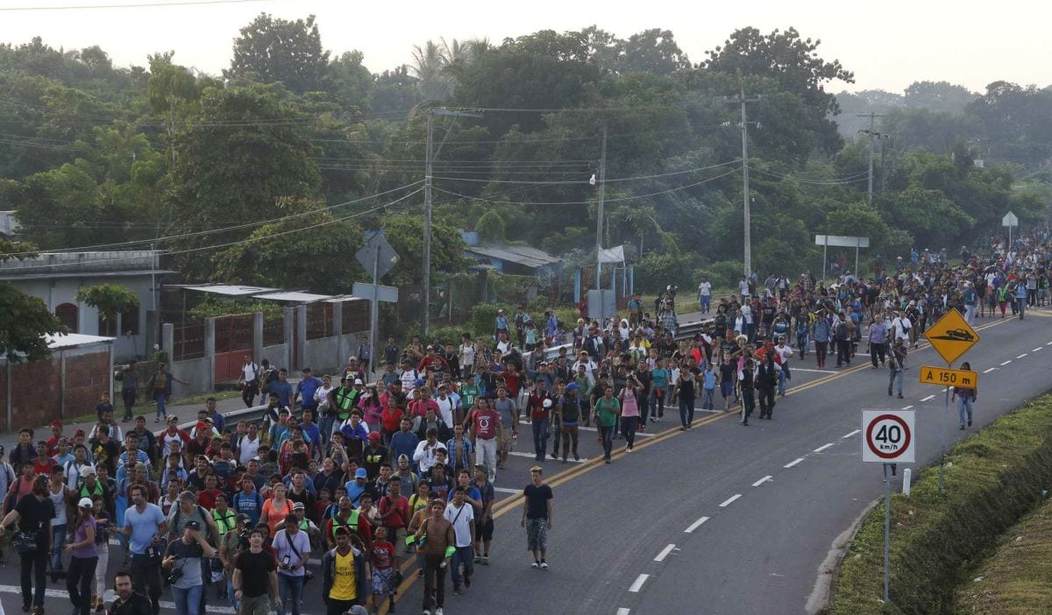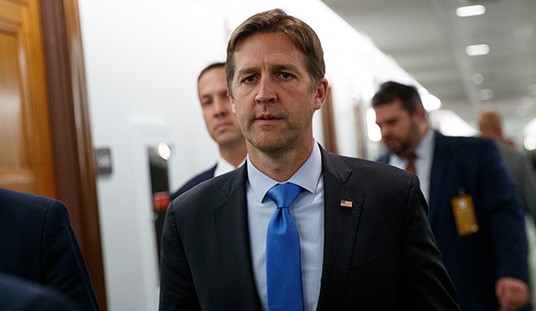The Trump administration’s “Remain in Mexico” policy has been, by many measurements, a big success. The number of migrants from Central America applying for asylum has fallen dramatically as it has become clear that those looking for asylum must wait in Mexico for their cases to be heard rather than be released into the U.S.
As the wave of asylum seekers from Honduras, Guatemala, and Nicaragua has receded, Mexican nationals have taken their place. They claim the cartel violence is getting worse and that they are in fear of their lives. Whatever the reason, Mexicans now make up half the asylum seekers showing up on our southern border. And since Mexicans are exempt from the “Remain in Mexico” policy, the Trump administration has been working to address the problem.
Since Mexicans are exempt from the “Remain in Mexico” policy that constrains the number of central American asylum seekers, U.S. authorities have adopted a policy known as “metering” which admits only a relatively small number of of Mexican asylum seekers each day. Last week, Ken Cuccinelli, acting deputy secretary of the Department of Homeland Security, announced that Mexican nationals seeking asylum in the United States could be moved to Guatemala rather than being allowed to wait in the United States for their asylum claims to be adjudicated.
Whatever policy they decide to pursue, the chances are very good it will be challenged in court.
The White House has been locked in a ongoing court battle over policies to limit the amount of asylum seekers, including requiring that migrants first apply for refugee status in Mexico, or whatever country they enter after leaving home, before seeking asylum in the U.S. The remain in Mexico policy has also been met with legal challenges.
The Ninth Circuit is currently hearing arguments regarding the constitutionality of the orders, after the Supreme Court ruled in September that the remain in Mexico policy can remain in effect as legal challenges progress.
Challenging an agreement between two sovereign states is certainly a unique way to attack Trump as well as a gigantic waste of time. But perhaps it shows the depth of commitment on the part of the open borders crowd to their goals.
There is no doubt that the massive humanitarian crisis at our southern border has been mitigated. The numbers tell the story.
More than 300,000 Central Americans entered Mexico illegally last year, 80 percent of whom were headed for the U.S. border, according to Mexico’s interior minister, Olga Sánchez Cordero. The southern border has been overwhelmed this year with asylum applicants though numbers have waned in recent months following highs in the spring.
Former acting DHS secretary Kevin McAleenan said in August that border crossings declined over the summer, with apprehensions dropping 43 percent since May, when arrests between ports of entry at the southern border increased for the fourth straight month to 132,887.
A combination of improved enforcement and regional diplomacy has made a very difficult problem more manageable. The methods employed have not pleased everyone. And there is no permanent solution to our border problem.
But it’s better than it was, which is saying a lot.










Join the conversation as a VIP Member